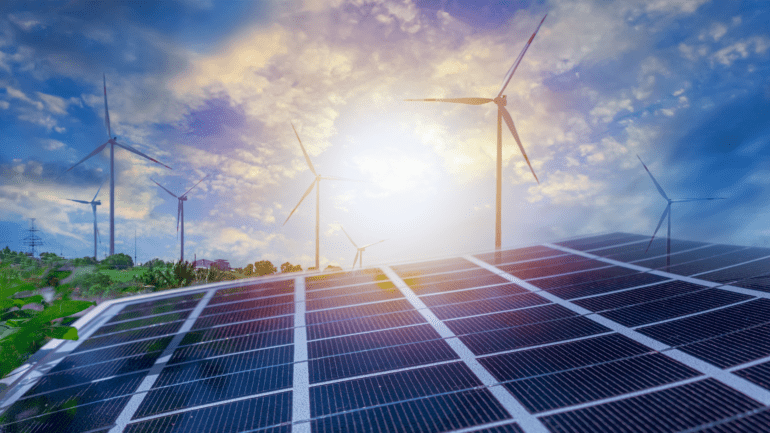TL;DR:
- Collaborative research by Kyushu University, Osaka University, and the Fine Ceramics Center employs machine learning to accelerate the discovery of green energy materials.
- Two promising materials for solid oxide fuel cells, offering carbon-neutral energy generation using hydrogen, have been successfully identified and synthesized.
- The findings, published in Advanced Energy Materials, have broader implications for material discovery beyond the energy sector.
- Establishing a hydrogen-based society requires not only optimizing hydrogen production, storage, and transportation but also enhancing the efficiency of hydrogen fuel cells.
Main AI News:
In a collaborative effort between Kyushu University, Osaka University, and the Fine Ceramics Center, researchers have unveiled an innovative framework harnessing the power of machine learning to expedite the discovery of materials essential for advancing green energy technology. This groundbreaking approach led to the successful identification and synthesis of two novel candidate materials primed for application in solid oxide fuel cells, capable of generating clean energy from fuels such as hydrogen, devoid of carbon dioxide emissions. Their groundbreaking discoveries, recently featured in the pages of Advanced Energy Materials, hold the potential to revolutionize not only the energy sector but also expedite the quest for cutting-edge materials across various domains.
Amidst the backdrop of a rapidly warming climate, scientists and engineers are diligently exploring novel avenues to generate energy that does not rely on fossil fuels. “One pivotal route towards achieving carbon neutrality lies in the establishment of a hydrogen-based society. However, in addition to optimizing the production, storage, and transportation of hydrogen, enhancing the energy conversion efficiency of hydrogen fuel cells is paramount,” elucidates Professor Yoshihiro Yamazaki from Kyushu University’s Department of Materials Science and Technology, who is also affiliated with the Platform of Inter-/Transdisciplinary Energy Research (Q-PIT).
The efficacy of solid oxide fuel cells in producing electric current hinges on their ability to facilitate the efficient passage of hydrogen ions (protons) through a solid electrolyte material. Presently, research efforts have zeroed in on exploring new electrolyte materials characterized by highly specific crystal structures, commonly referred to as the perovskite structure.
Conclusion:
The application of machine learning in expediting the discovery of green energy materials, as demonstrated by this research, holds significant promise for the market. Accelerating the development of efficient and eco-friendly materials for energy generation, such as solid oxide fuel cells, can contribute to a more sustainable and carbon-neutral future, offering growth opportunities for businesses in the renewable energy and materials sectors.

